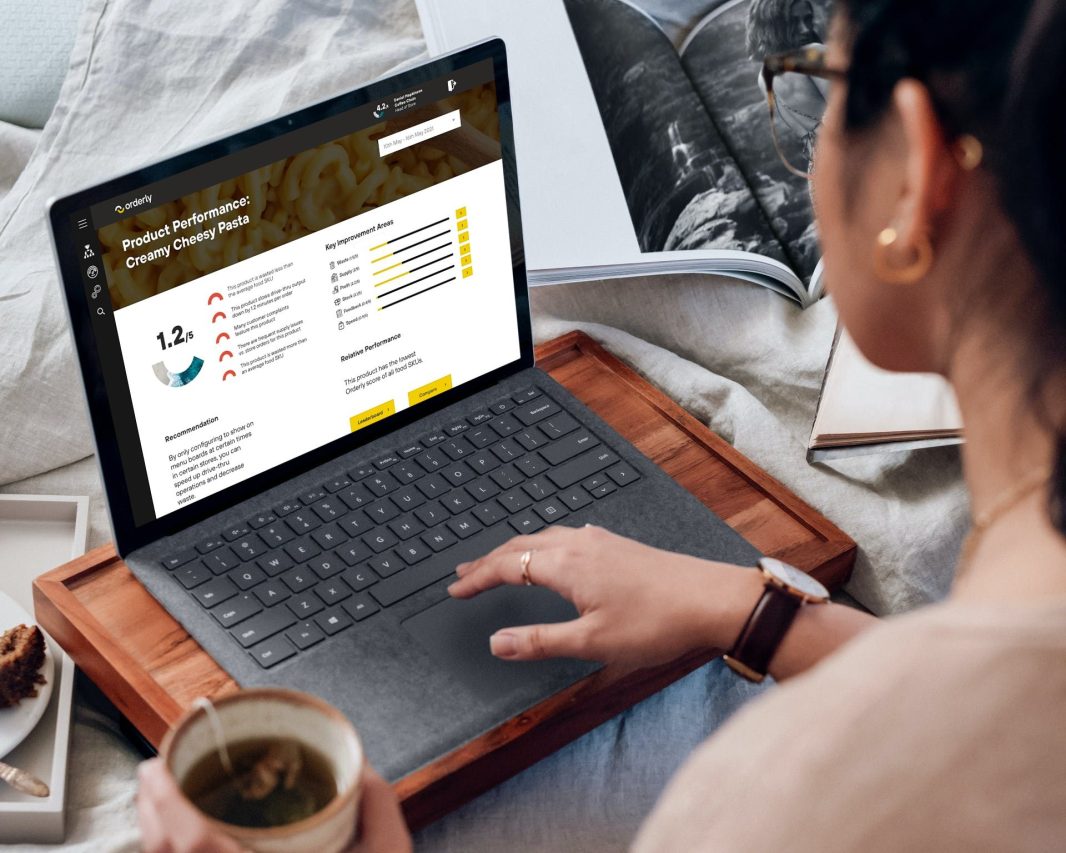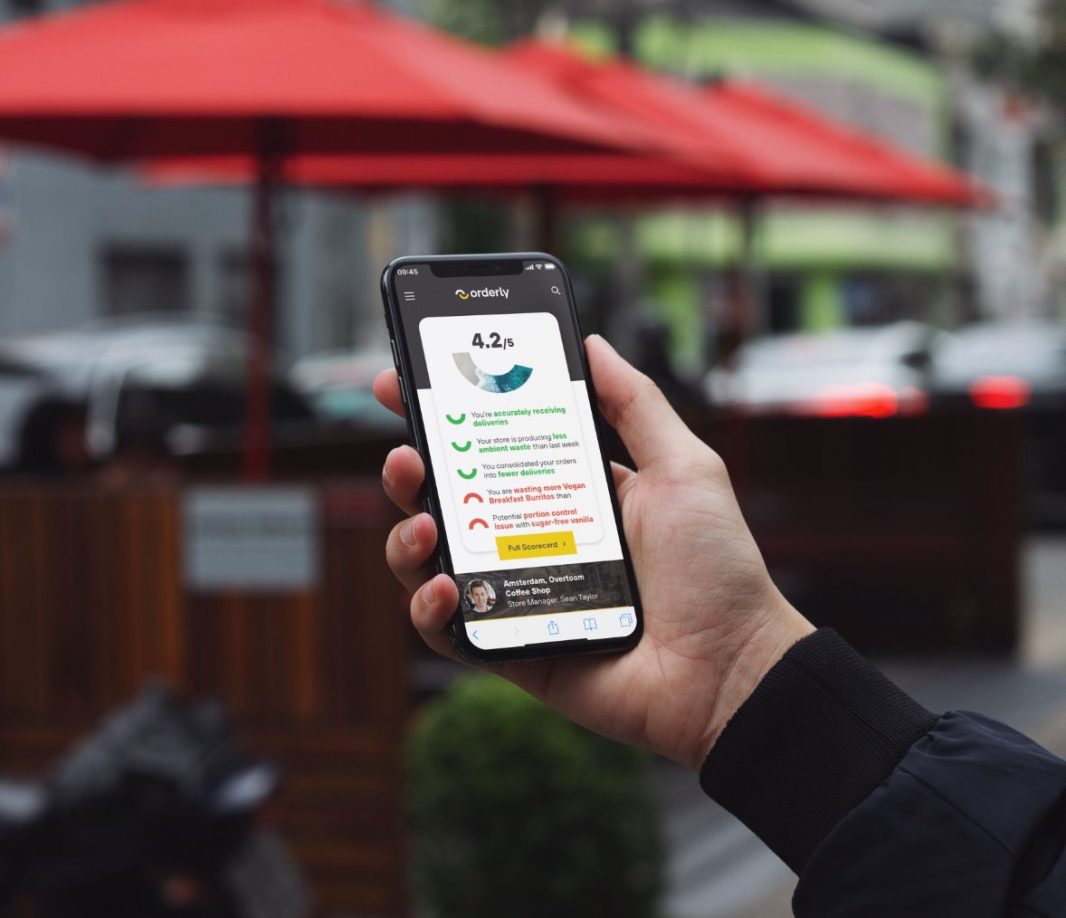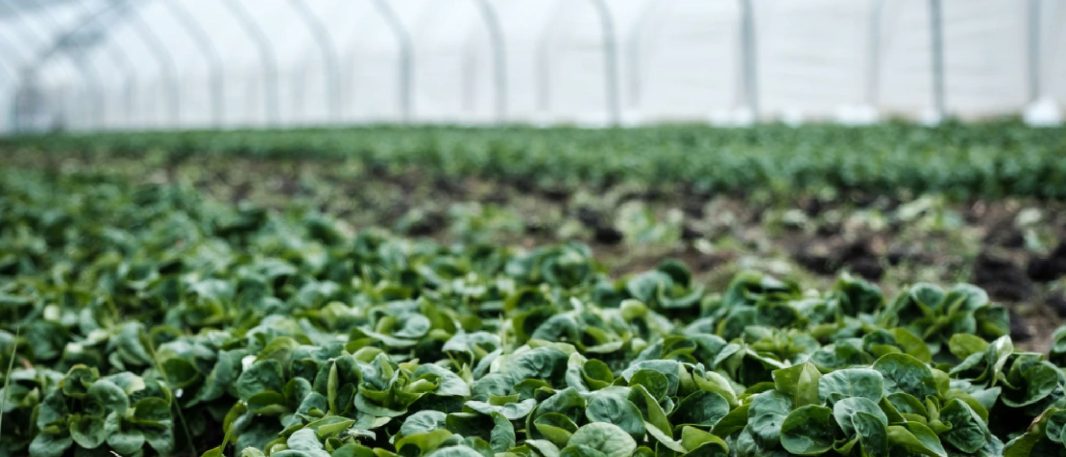Food waste is a huge global problem, and it’s something that we need to start addressing immediately – and employees are ready, especially in the food and beverage sector. According to an industry survey, a huge nine out of ten employees in food-to-go businesses experience negative emotions over food wasted in their workplaces on a daily basis, according to consumer app Too Good To Go. The study also suggests that a lack of training and food waste prevention guidelines could be contributing to continued food waste, with less than half of food-to-go businesses having operations guidelines in place in this area.
One way to help reduce the amount of food waste that is produced is by implementing employee initiatives. In this blog post, we will discuss some of the ways that your employees can help fight food waste. We will also talk about supply chain software and how it can help you keep your business more orderly!
Ways to engage employees on food waste:
Build awareness with education
The core way to reduce food waste is by educating your employees about the issue. Increasing employee engagement and gaining managerial commitment are key drivers to successful implementation.
They need to understand why it’s important to reduce food waste and what they can do to help. As the study referenced above shows, employees want to perform better, but may not have the know-how. Encourage employees to educate themselves and others about the issue of food waste to cover the basics, and then offer real-life examples and guidance of what to do in your business. This doesn’t have to be dry and can come with incentives or rewards. One way to get employees engaged is by having a competition to see who can come up with the best ideas for reducing food waste themselves.
This will help create a sense of ownership and responsibility among your staff and could also produce new ideas! Ask them to consider areas such as menu development, portion control, reduction of edible food waste and plate waste to kickstart conversations.
Create action with allocation
A plan is only in motion when there are responsible parties to get it moving. Allocate responsibilities and assign different tasks to different people. For example, put one person in charge of recording waste types and quantities and another in charge of reviewing purchased goods. This goes all the way down to your onboarding process, where waste management objectives should sit in job descriptions.
Encourages the ‘eyes and ears’ of the business to take ownership of reducing waste and see them getting out onto the floor to seek out waste in familiar and unfamiliar areas. This should be hands-on, focused on recording the location, reason/root cause and amount of waste, with solutions for reducing wastes identified.
Training can then kick in and include everything from handling perishables in the fridge to packing meals for travel to measuring waste.
Refresh your data for insights you can trust
Sometimes food waste is down to a lack of knowledge. For example, are your employees are aware of your purchasing guidelines? How do they access the most up to date information? Supply chain software can help with this by providing a platform where you can track inventory levels and see what needs to be ordered next, and employees can ‘buy in’ to the business aims.
With the right software, you don’t just see where you are – you see where you could be.
Benchmarking is a great way to show what good looks like and keeps teams motivated each day. The Orderly Scorecard allows you to track your inventory and shipments in real-time. This way, you can keep a closer eye on what’s coming in and going out of your business. The Orderly Scorecard also has a reporting feature that allows you to see how much food waste your business produces. With this data, you can identify problem areas and make changes accordingly.
Share success and build on those little wins
Last but not least, celebrate your team’s successes! Share your stories across departments and show them what you have done to reduce food waste. Celebrate and champion people who have done their bit. Not only will this help inspire them to do the same, but it will also create a sense of community in working to fight food waste.
Employee initiatives are a great way to reduce the amount of food waste that is produced each year. By getting your employees involved, you can make sure that everyone understands the importance of reducing food waste, but the first most logical step to reduce food waste is to invest in the best supply chain software.
This type of software can help you keep track of your inventory and make sure that everything is running smoothly. It can also help you spot potential problems before they become big issues.
Fighting food waste is a huge challenge, but it’s one that we need to face head-on. By implementing employee initiatives and investing in supply chain software to do so, you can make a big difference. Remember, every little bit counts!







